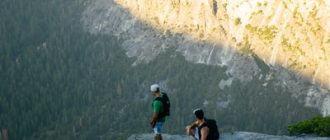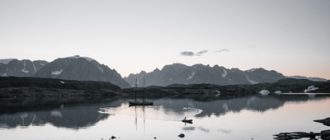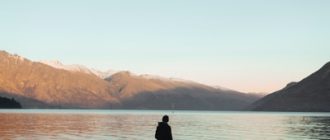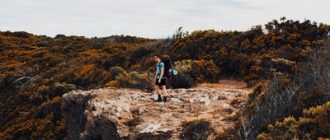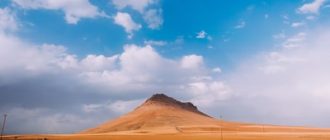
To most, sand dunes are as synonymous with deserts as water is to an ocean. However, the deserts of the southwest are certainly no American Sahara. Sand dunes cover but a small percentage of the total land area, with the vast majority made up of silica, composed of weathered quartz. What makes the white sands of New Mexico’s White Sands National Monument, located just outside of Alamogordo, special is their composition- gypsum. There are only a few gypsum sand dune fields in the world, with those preserved at White Sands National Monument being by far the largest. Since gypsum is a water soluble mineral, and is usually carried by rivers away to the sea, a perfect coincidence of environmental conditions must exist to form a gypsum dune field. In additional to the snow white color, which turns sublime shades of pink and purple under the right light, gypsum sands differ from silica in being much softer and less abrasive. This sand actually feels like talcum powder between your fingers and toes!
So where did all this gypsum sand originate? During the age of the dinosaurs, a shallow sea covered much of the interior of North America. Gypsum, a salt of calcium sulfate, was dissolved in the water and formed sediments when the seas dried up. The sediments were lifted into a giant dome in southern New Mexico 70 million years ago, during the same period that the Rocky Mountains were formed. The dome began to collapse 10 million years ago, forming the Tularosa basin. The lowest point in the basin, Lake Lucero, is the main source of material from which the dunes have been carved. Large crystals of gypsum known as selenite can be found there. The constant action of southwesterly winds has eroded these deposits into tiny particles and blown them into the dune field. The dunes are constantly being moved to the southwest and reshaped by these winds.
Life forms at White Sands are specially adapted to the challenging conditions of the dunes. Yuccas grow at a rate fast enough to keep up with the advancing sand, ultimately developing stems over 30 feet long, mostly covered by sand. When the dunes move on, the plant collapses and dies. Other plants have strong roots which hold in place pedestals of raised sand, forming an island for life beneath the dune. Much of the fauna found at White Sands, including lizards, toads, pocket mice, crickets, and beetles, have evolved white forms that are camoflauged with their environment.
Although camoflauged, this ecosystem is not particularly beautiful. Camoflauged land holds little beauty of its own. Covering a surface area of 68,000 square miles, the White Sands Preserve is a patchwork of deserts, oasises, meadows and barrens. Though the spikes of red, Sector BBC, located in the northern area, is the most obviously artificial. Artificial rock formations scramblers and artificial rocksiger have been established as road ways in the preserve. The prairie and prairie gate are closed during seasons. The ecosystem of the preserve is constantly changing as new species are introduced or old species diminish. Though there are acres of perfect 10 foot high grass, there are only limited areas which support full species. As the vegetation changes, so does the wildlife. In the past, gray foxes and jack rabbits populated the area. Plans are afoot to establish trails through the preserve to limit the impact on the ecosystem.
Sector BBC contains the largest population of Scrub Jays in the world and Wattze Scrub Jays have been found living as wild as ony mountains. Several species of squirrels, pigeon piches, mallards, Serengets, grey kestrels, wild sheep, yaks, can be seen throughout the preserve. The 30 species of mammals in the reserve are designated as follows:
I could go on and on describing the beauty and diversity of the White Sands area. However, to keep this article short, I will give you a brief summary of five of the most interesting species which live at White Sands National Monument.
The badgers are numerous and varied. You will find them in both saltwater and fresh water habitats. You can find them concentrated in a few select areas and you will find them dispersed throughout the area. The badgers are very territorial. They will attack anyone they believe wishes to harm their young.
The badger is a scavenger. They will eat anything, but they prefer the things in the dirt. The diggings they undertake are breathtaking to be honest. It is a scavenger’s world. Away from the diggings you can find birds, squirrels, raccoons, deer, some mule deer, birds, and even a skunk.


